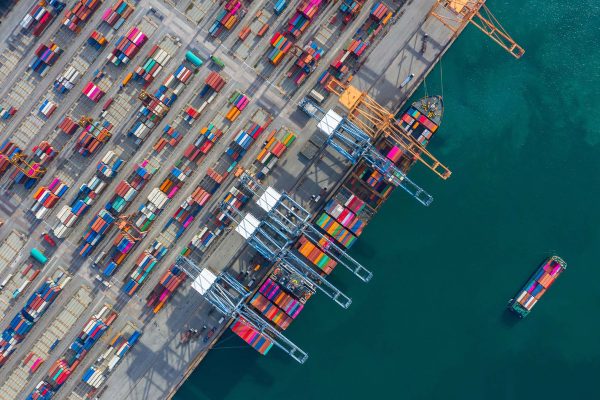Ecommerce And The Future Of Airfreight
Over the past two years, airfreight rates skyrocketed because of chaos in supply chains. Now rates are falling, causing uncertainty across the industry with most commentators fearing the worst, that is until recently.
Some industry experts, including the head of one of the world’s largest air cargo handlers, have started to argue that consumer demand for faster deliveries is driving growth in the sector. They argue that consumer trends from 2020 and 2021 will see an increase in airfreight investment in the future. Here we explain how.
Uncertain market conditions
The air cargo market has been heavily discussed recently. Ningbo is under lockdown, US-China relations are in freefall and freight rates are declining across all major routes. It’s only natural that there are trade concerns.
Golden Week made these concerns worse. Usually, when this Chinese holiday ends, the industry sees a surge. Activities and prices perk up and businesses get busy again. This year, in both Shanghai and Hong Kong, outbound prices have hardly moved.
Whether this has been caused by weak demand or inflation across the logistics sector is irrelevant. The lack of activity is causing companies to lower their expectations for the Thanksgiving and Christmas period. But should they?
Temporary trends
Lockdowns and inflation are impacting trade, but not in any way that’s lasting. At least according to Worldwide Flight Services’ Chief Executive Craig Smyth. His view is that air cargo is only likely to grow. Why? Because shipping groups are investing more into aircraft fleets.
Ecommerce has created a demand for faster deliveries, which has led to a long-term shift in moving goods by plane. One example being Amazon, who towards the end of last year were averaging 164 flights per day.
And it’s easy to see why. Online shopping boomed during the pandemic, and multiple retailers turned to airlines to circumvent logjams at seaports. Factory lines in the US and Europe were relying on parts and components, and so manufacturers paid premium to get essential goods delivered on time.
Long-term view
Naturally, manufacturers and other businesses won’t always want to pay the highest price to meet customer demand. But demand is unlikely to drop below pre-pandemic levels, and that means suppliers will have to eventually invest more in shipping to keep up.
Yes, rates will plunge as the world adjusts to new challenges. But, the expectation that retailers and other businesses will provide ‘instant’ solutions isn’t going away.
With that in mind, 2023 will most likely provide a baseline for what will be considered the ‘new normal’.
Our approach
As ever, our role is to help you navigate the logistics landscape, providing you cost-effective options when it comes to moving your goods.
If you’d like to walk through those options or speak to the team about anything relating to airfreight, get in touch today.


